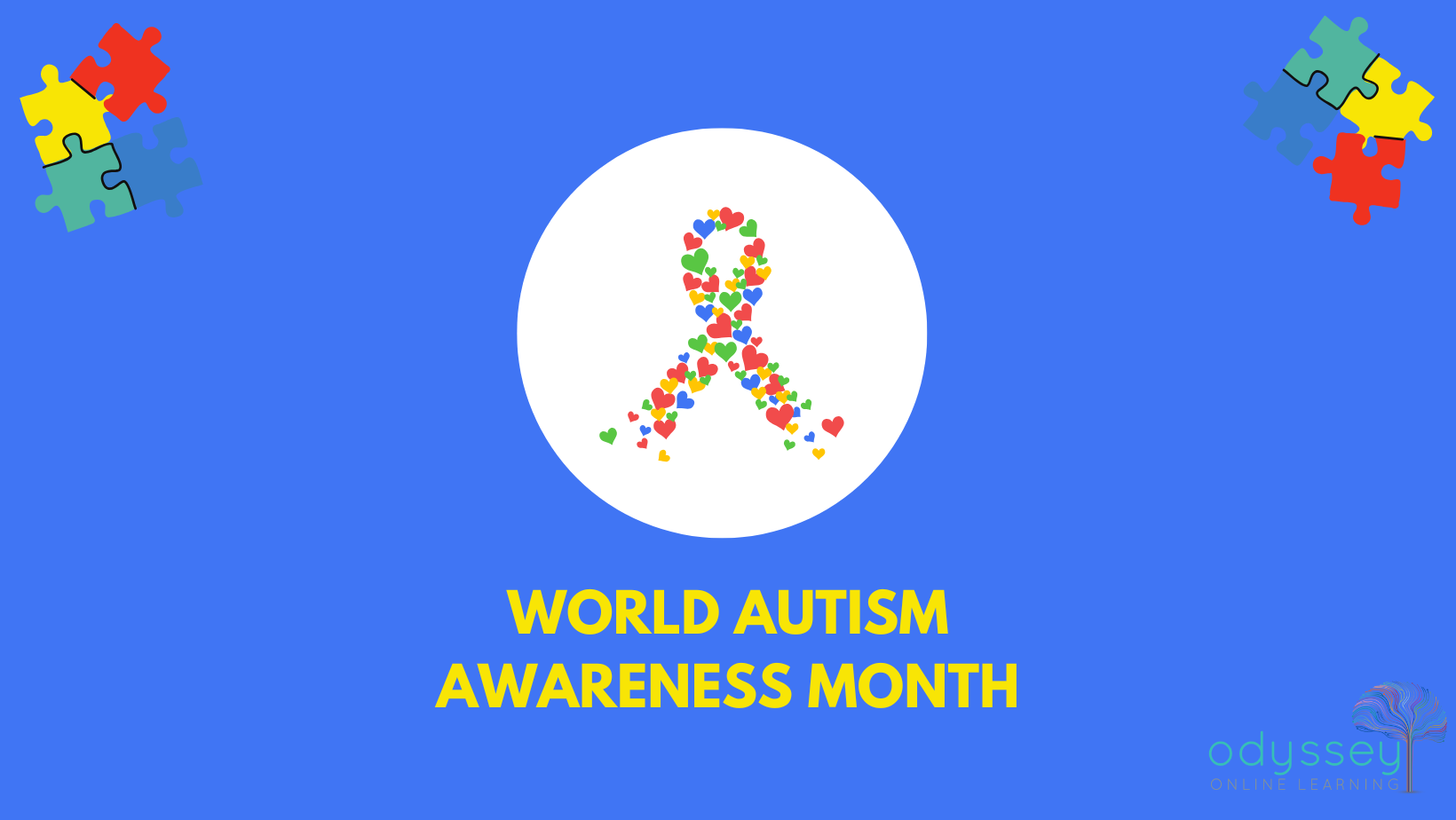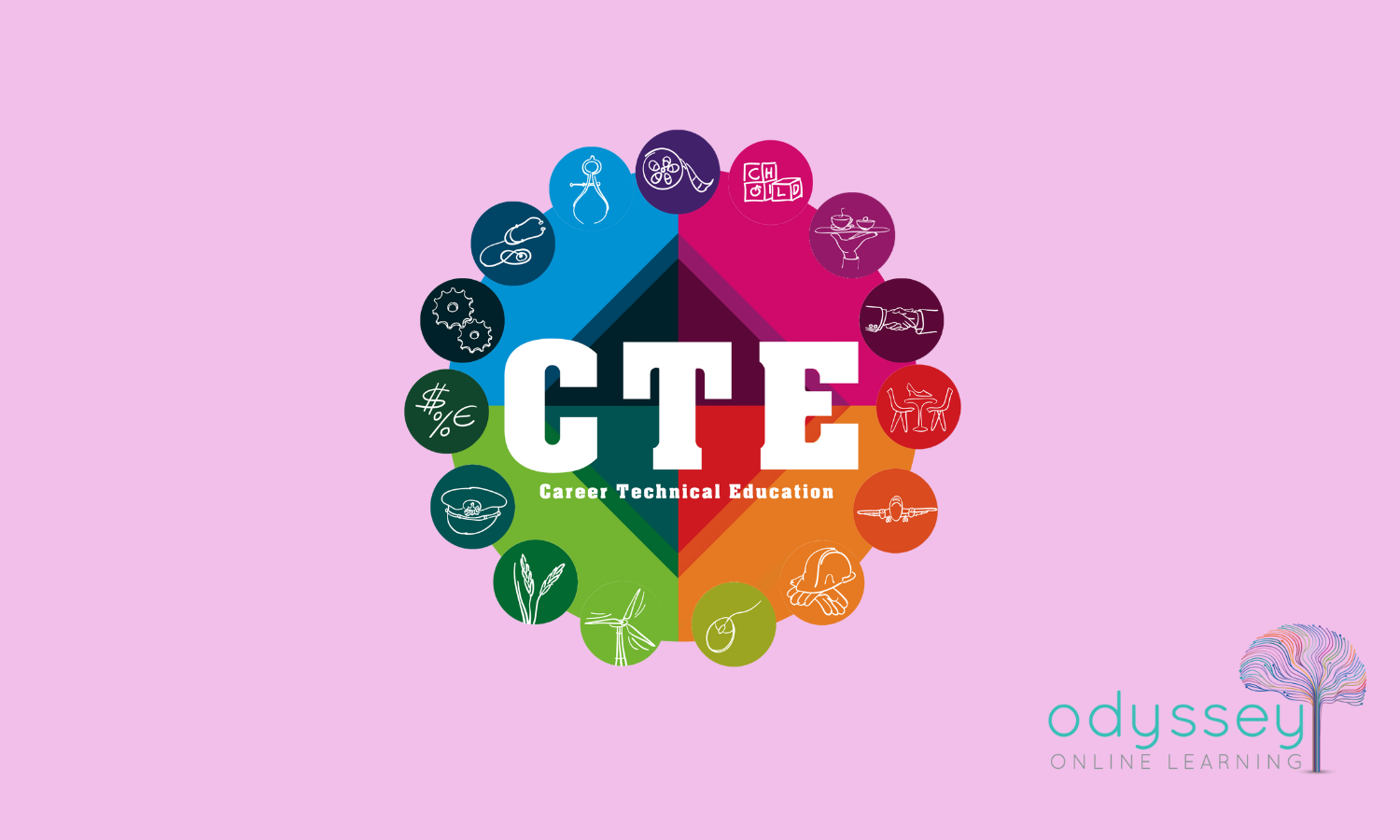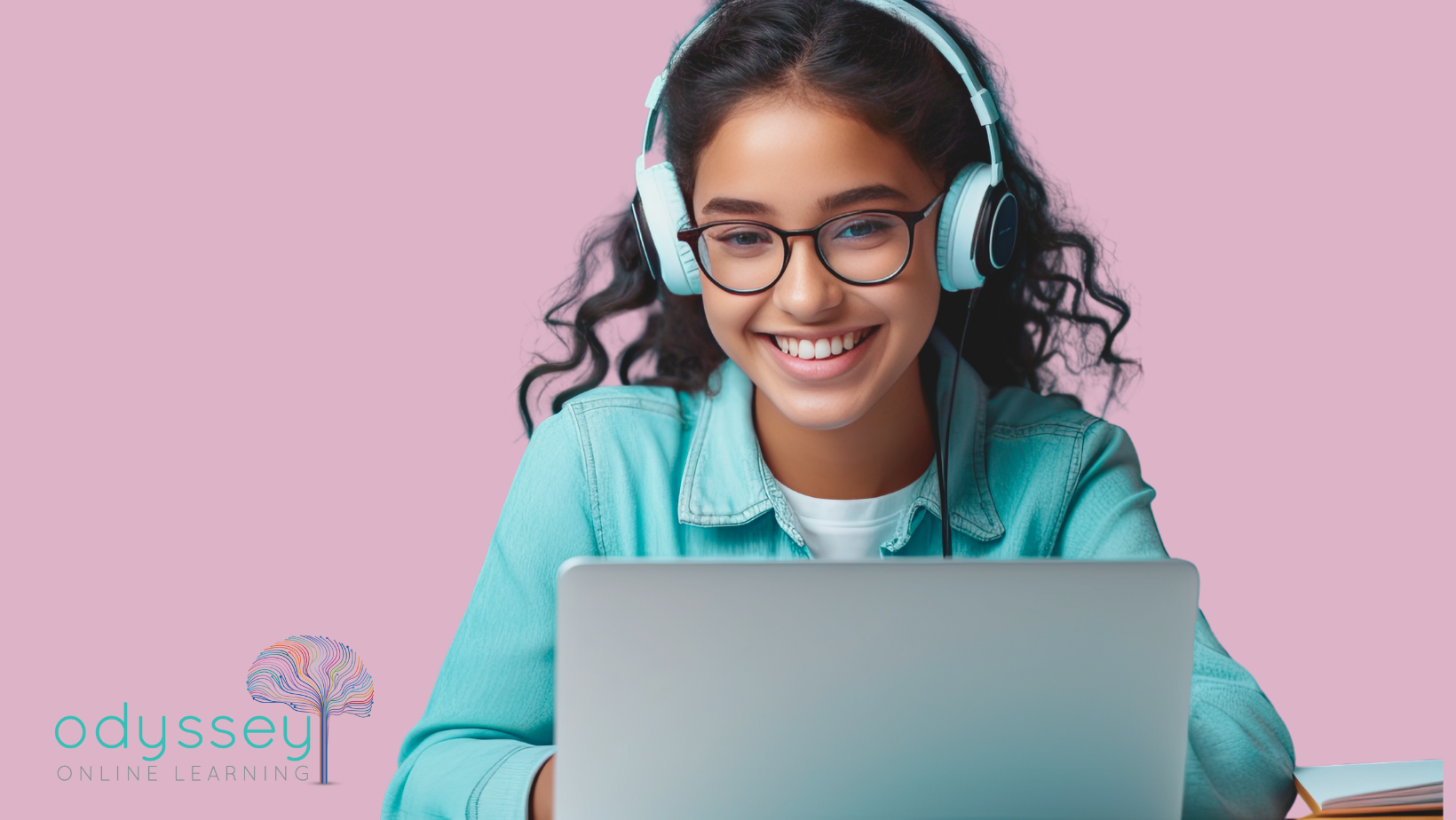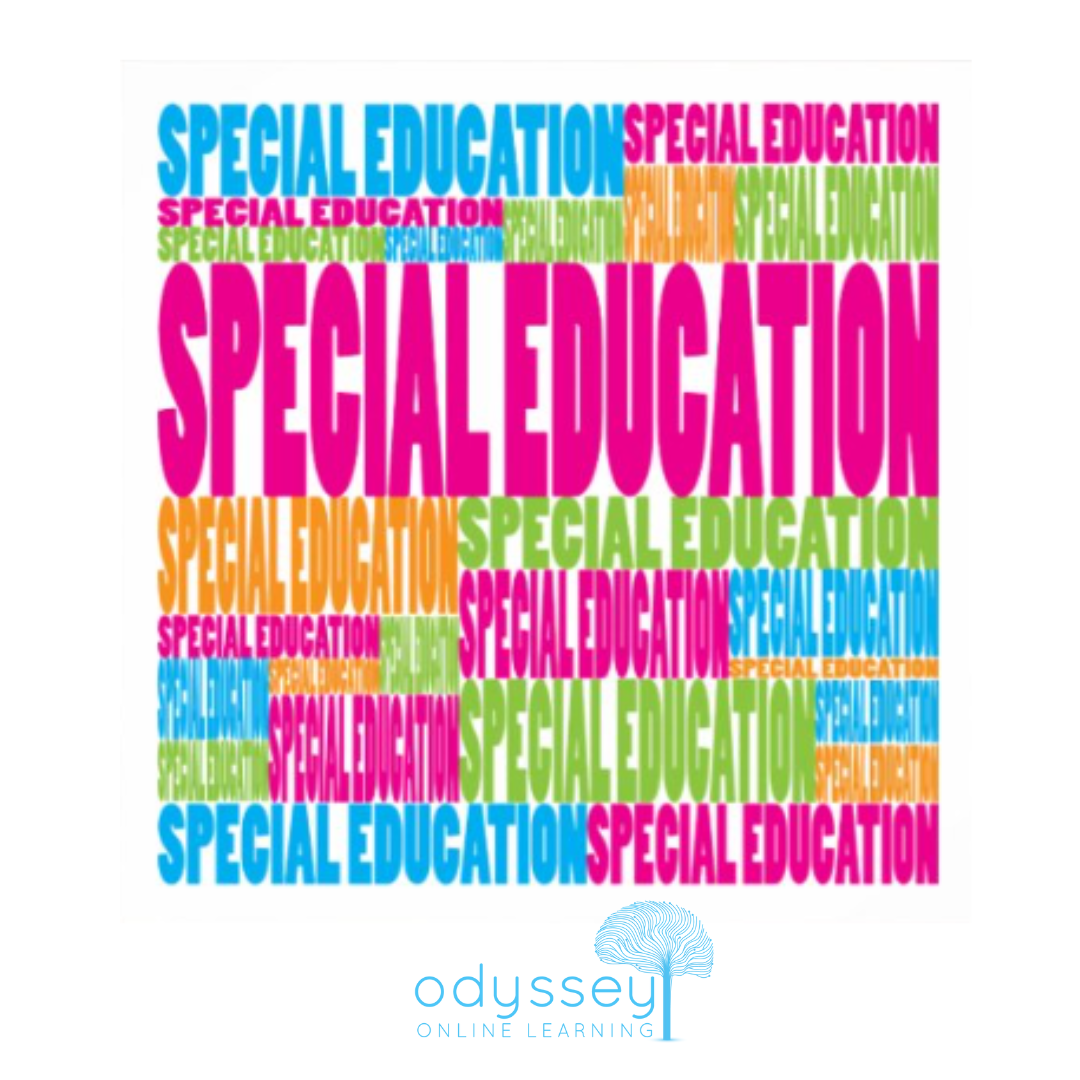What is the difference between in-person and virtual learning?
By Mrs. Christina Talley
When COVID-19 started in March 2020, I was one of those teachers who had to pivot. In my sixth year of teaching, I had my content down; I knew how to teach it and connect with my students. I consider myself the tech-savvy teacher on the hall because I had a google classroom for a few assignments. COVID-19 took everything I knew from the traditional classroom. Years later, I am in my second year of teaching for a virtual high school in South Carolina, Odyssey Online Learning. I can’t imagine going back to an in-person setting now that I’m here, but I recognize there are pros and cons to all settings as a teacher and student.
Key Differences of In-person and Virtual Learning:
Interaction and Engagement
In-person learning allows students to have direct contact with other humans. Being in the classroom is social by nature. Students can benefit from the social aspects of education, developing soft skills such as communication, teamwork, and empathy (Tur, Marín, & Carpenter, 2017). As a teacher, I could go through soft skills while teaching content. However, students were in my classroom for a semester, and while I “knew” them and spoke with them daily, I did not know all the ins and outs of all 90 students I taught.
Teaching and interacting with students in a virtual classroom differs from what you might expect. Students learning from home can collaborate much like a remote team might. There are tools, apps, and different platforms for all students to connect, learn, and push one another. These tools can facilitate interaction between students and teachers and among peers, potentially spanning different geographic locations (Bower, Dalgarno, Kennedy, Lee, & Kenney, 2015).
At Odyssey Online Learning, I can say, “Hey, who’s in Myrtle Beach today? I am in the Upstate, and it’s cold and rainy; how’s the beach?” or when talking about our congressional leaders in Washington DC, students can see who is representing them, and learn about their representative for where they live and report back to the class.
Flexibility, Personalization, and Accessibility
It is pretty safe to say that one of the main draws to virtual learning is the flexibility, personalization, and accessibility. Regarding flexibility, students can access materials and lectures conveniently, making it easier to balance education with other responsibilities (Means, Toyama, Murphy, Bakia, & Jones, 2010). While most virtual schools and features are asynchronous, some schools have synchronous times, like live teaching and testing. Another form of flexibility is where and where the students learn. They can learn from their bedrooms, a co-op space, on vacation, or at night. Regarding personalization, the virtual environment makes creating personalized learning for students easy. All students receive accommodations like translations, reading aloud, and omitting assignments without giving the teachers more on their plate.
In-person learning is much more rigid in structure as it follows a traditional model: set dates and times, set class work schedules, due dates, and ‘hard stops.’ While this varies significantly from the virtual setting, most students thrive on the routine of a structured day. Personalization is more challenging to access without teachers putting in the work. There is better personalization as technology and one-to-one classrooms become more popular, but it is not a built-in feature.
Technology and Digital Literacy
It’s no secret that the world is turning digital. As an in-person teacher, I thought I was tech-savvy but quickly learned that I needed to step up and learn more in the virtual setting. For students, especially students new to virtual learning, there is a learning curve for technology. Yes, their schoolwork is online, but how students collaborate and communicate requires a level of digital literacy that they could not have in a traditional classroom. Students learn to navigate various digital platforms and tools, preparing them for modern workplaces (Selwyn, 2017).
More and more brick-and-mortar schools are going one-to-one with their devices, and students can access phones, tablets, and personal computers. The traditional classroom uses more technology while students are physically in the school. There is a learning curve for students and teachers in this way, too. However, they are together physically, so the need for technology to connect them is less of a focus and more on how technology can enhance their learning.
So which is better, in-person or virtual? Like most educational decisions, I would say it’s up to the student and their family. While most students thrive on routine and tradition, it isn’t a one-size-fits-all sort of educational system anymore. At Odyssey Online Learning, we have students succeeding at school while working full-time, exploring a passion, supporting their families, and sometimes, just being kids.
References
- Hrastinski, S. (2008). Asynchronous and synchronous e-learning. Educause Quarterly, 31(4), 51-55.
- Tur, G., Marín, V. I., & Carpenter, J. P. (2017). Using Twitter in Higher Education in Spain and the USA. Comunicar, 25(52), 19-28.
- Bower, M., Dalgarno, B., Kennedy, G. E., Lee, M. J., & Kenney, J. (2015). Design and implementation factors in blended synchronous learning environments: Outcomes from a cross-case analysis. Computers & Education, 86, 1-17.
- Means, B., Toyama, Y., Murphy, R., Bakia, M., & Jones, K. (2010). Evaluating Evidence-Based Practices in Online Learning: A Meta-Analysis and Review of Online Learning Studies. U.S. Department of Education.
- Selwyn, N. (2017). Education and Technology: Key Issues and Debates. Bloomsbury Publishing.
- Pane, J. F., Steiner, E. D., Baird, M. D., Hamilton, L. S., & Pane, J. D. (2017). Informing Progress: Insights on Personalized Learning Implementation and Effects. RAND Corporation.
- Davies, R. S., Dean, D. L., & Ball, N. (2013). Flipping the classroom and instructional technology integration in a college-level information systems spreadsheet course. Educational Technology Research and Development, 61(4), 563-580.
- Durlak, J. A., Weissberg, R. P., Dymnicki, A. B., Taylor, R. D., & Schellinger, K. B. (2011). The impact of enhancing students’ social and emotional learning: A meta-analysis of school-based universal interventions. Child Development, 82(1), 405-432.
- Moore, M. G., Dickson-Deane, C., & Galyen, K. (2011). E-learning, online learning, and distance learning environments the same? The Internet and Higher Education, 14(2), 129-135.
Odyssey Online Learning - Blog











Share On: